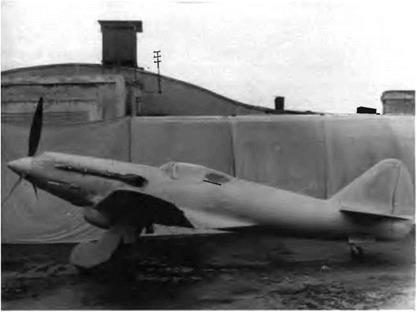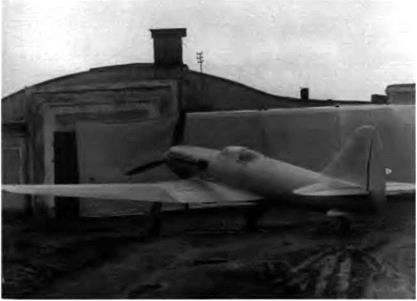1221 / 2A
The second series-A high-altitude interceptor was assigned the provisional designation of 1-221. There was not much difference between the structures of the 1-220 and the 1-221 beyond the wing, whose over-

|

all span was raised from 11 m to 13 m (36 feet, 1 inch to 42 feet, 7.8 inches), and the rear fuselage, which on the later model was fashioned out of dural The cockpit was not only pressurized but also air-condi – tioned (a first on a Soviet fighter). The heat exchanger was located under the pilot’s seat and was interconnected with the air-conditioning system following a sequencing cycle
The AM-39A offered 1,141 kW (1,550 ch) at takeoff and was fitted with two TK-2B turbo-superchargers that enabled it to maintain its maximum rated output up to 13,000 m (42,650 feet) At 5,200 m (17,055 feet) the engine put out 1,251 kW (1,700 ch) The armament on the 1-221 consisted of two synchronized 20-mm ShVAK cannons flanking the engine The prototype made its first flight on 2 December 1943 with P. A Zhuravlyev in the cockpit, and flight tests were conducted by A P Yakimov, an LII pilot. The test program came to a sudden halt early on when a valve push-rod broke in flight The engine failed, and the pilot had to bail out.











